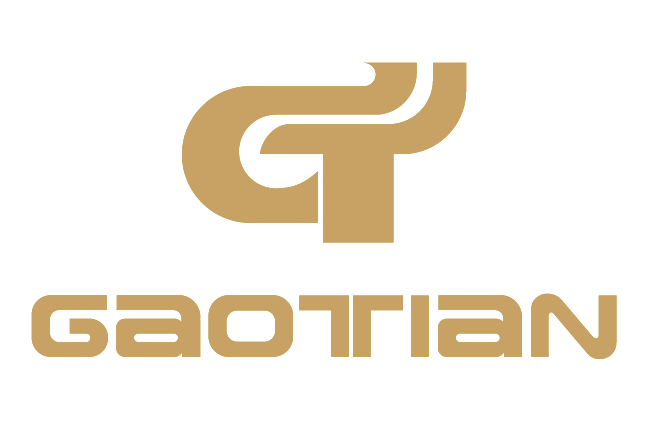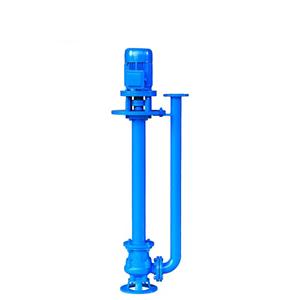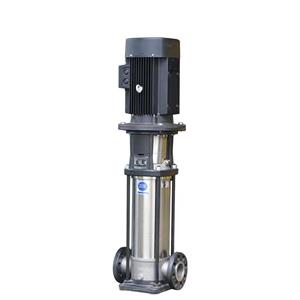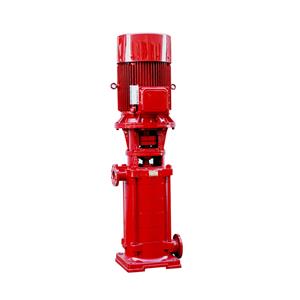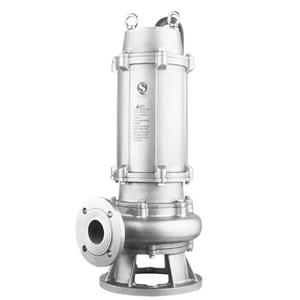Competitor Analysis in Industrial Pump Quotations
Competitor Analysis in Industrial Pump Quotations
Abstract
This article delves into the significance of competitor analysis in industrial pump quotations. By understanding the strategies and offerings of competitors, suppliers can position their products effectively, set competitive prices, and differentiate themselves in the market.
1. Introduction
In the industrial pump market, competition is fierce. Competitor analysis provides valuable insights that help suppliers make informed decisions about their quotations. It allows them to understand the market landscape, identify their competitive advantages, and respond to the moves of their rivals.
2. Identifying Competitors
The first step in competitor analysis is to identify direct and indirect competitors. Direct competitors are those who offer similar industrial pumps in the same market segment. Indirect competitors may include companies that provide alternative solutions to the customer's pumping needs, such as different types of fluid - handling equipment. Once identified, a detailed analysis of each competitor's product range, pricing, and market share can be conducted.
3. Competitor Pricing Strategies
Competitors may adopt different pricing strategies. Some may use a cost - plus pricing model, where they add a markup to the production cost to determine the selling price. Others may employ a value - based pricing strategy, setting prices according to the perceived value of their products to the customers. Analyzing these pricing strategies helps suppliers understand how their prices compare in the market and whether they need to adjust their own pricing approach.
4. Product Differentiation and Unique Selling Points
Identifying the unique selling points (USPs) of competitors' products is crucial. These could include features such as higher efficiency, better reliability, or longer service life. By comparing their own products with those of competitors, suppliers can identify areas where they can differentiate themselves. For example, if a competitor's pump is known for its high - quality construction, a supplier may focus on offering more flexible customization options or better after - sales service to attract customers.
5. Responding to Competitor Moves
Competitor analysis also involves monitoring and responding to the actions of competitors. If a competitor launches a new product at a lower price, a supplier may need to consider reducing its own price, improving product features, or increasing marketing efforts. On the other hand, if a competitor raises its prices, a supplier may see an opportunity to gain market share by maintaining a competitive price.
6. Conclusion
In summary, competitor analysis is an essential part of the industrial pump quotation process. By understanding the competitive landscape, pricing strategies, and unique selling points of competitors, suppliers can position their products effectively, set competitive prices, and gain a competitive edge in the market.
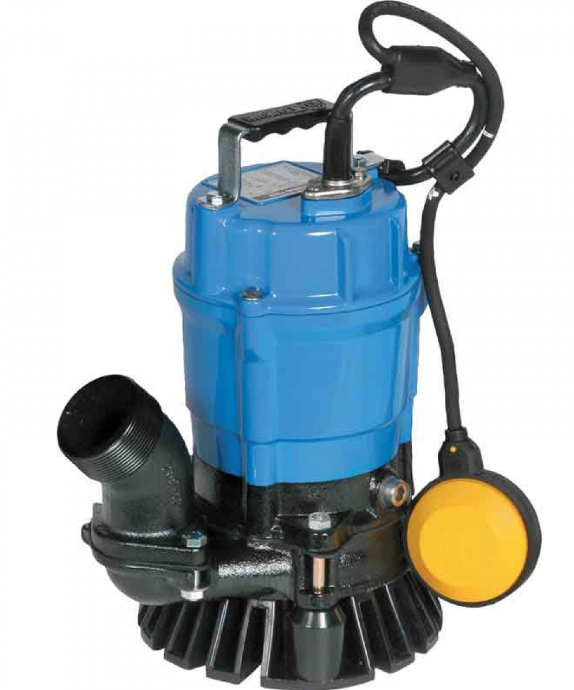
Get the latest price? We'll respond as soon as possible(within 12 hours)
more products
News
Featured Products
Contact Details
